Enterprises are building their infrastructure with 5G and IoT
By MYBRANDBOOK
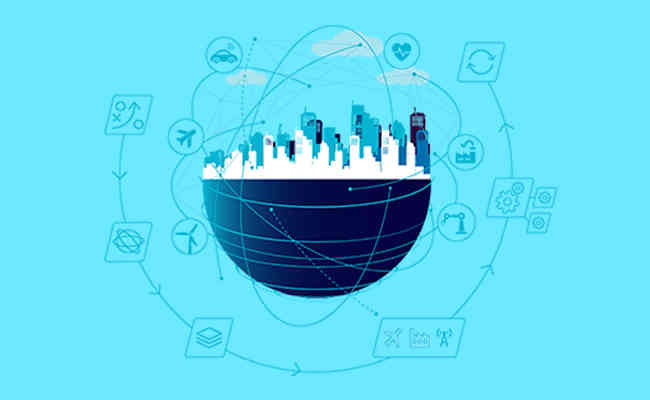
5G is increasing our dependence on our digital infrastructures, increasing the negative impacts on society when this infrastructure malfunctions or is the victim of a cyberattack. As we embrace 5G, we must also carefully consider the resilience and security of the systems that will utilise this game-changing technology. There is no denying that the next-gen wireless has the potential to provide competitive advantage, unlock the power of other emerging technologies, and transform their organization and industry in the next three years. With the potential for high-bandwidth, low-latency wireless data transmission, 5G is set to play a key role in connecting edge devices to the cloud.
The next-gen wireless future rapidly becomes a reality, carriers and enterprises alike should decide how to participate in the evolving ecosystem. At the same time, IoT will help to enable an environment with the flexibility to provide services of all sorts, ranging from home automation to smart retail/logistics, and from smart environmental monitoring to smart city services. In a very short time, the IoT will have sensing, analytics and visualization tools, which can be accessed by anyone, anytime and anywhere in the world on a personal, community or a national level. The IoT will increasingly rely on cloud computing, and smart devices with sensors built in, along with thousands (if not millions) of applications to support them.
Successful AI implementations include robust data and analytics infrastructure. CIOs must ensure business problems have enough supporting data for predictions, which contain patterns that executives expect to see in the future. For example, if the organization is making a prediction that could vary quarterly, data should span multiple years to be able to represent quarterly changes. AI is designed not only to support human decision-making; algorithms can also act autonomously. These AI algorithms, therefore, need to be trusted to act on behalf of all participant parties in each digital interaction. It also promises to accelerate future revenue generation through innovative services facilitated via 5G-enabled devices, including smartphones, tablets, laptops and IoT.
More than 500 billion IoT devices, from sensors, to actuators, to devices, will be connected to the internet by 2030, according to research from Cisco. The data collected, aggregated, and analyzed by IoT devices will deliver insights across a wide variety of platforms and services, from health care to artificial intelligence innovations. 5G networks will be needed to meet the requirements of these data-intensive IoT devices and related cloud services. Industry digitalization is already happening, opening up new opportunities for service providers. With 5G, industries all over the world can innovate and rise to their full potential. It leads to a broad array of use cases and success stories where service providers have enabled smart business.

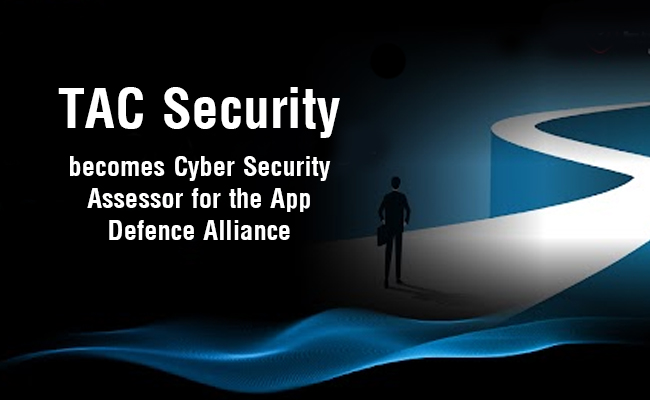
TAC Security becomes Cyber Security Assessor for the App Defen
The cybersecurity company, TAC Security has been selected as a key Cyber ...
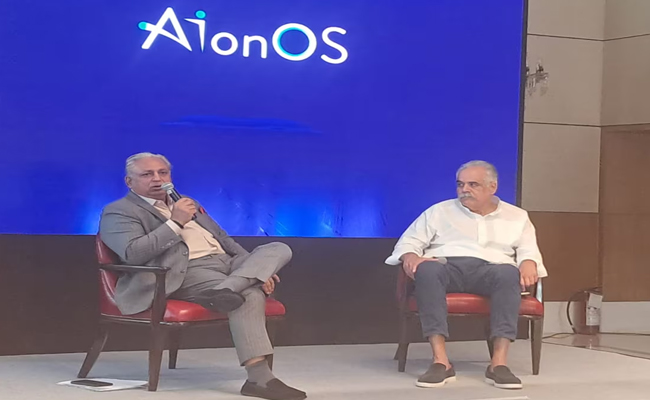
InterGlobe’s Rahul Bhatia and C.P. Gurnani together announce
In a move that is set to transform the AI landscape, Rahul Bhatia, Group M...

Download masked Aadhaar to improve privacy
Download a masked Aadhaar from UIDAI to improve privacy. Select masking w...
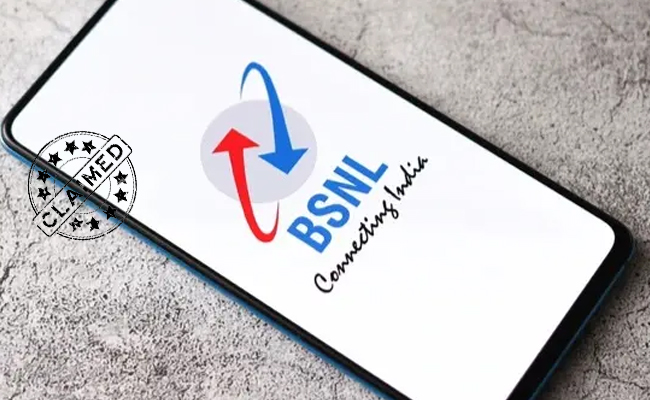
Sterlite Technologies' Rs 145 crore claim against BSNL rejecte
An arbitrator has rejected broadband technology company Sterlite Technolog...

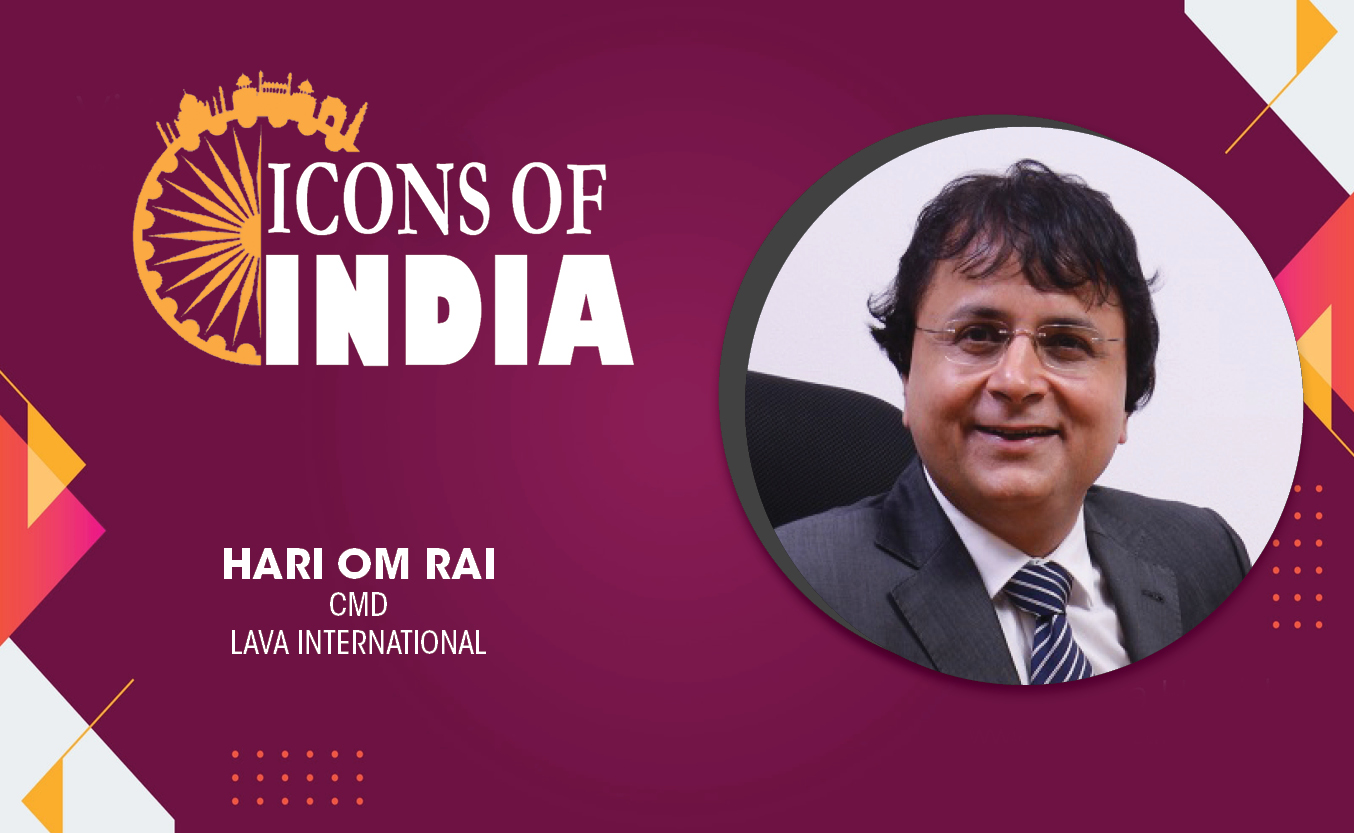
Technology Icons Of India 2023: Hari Om Rai
Hari Om Rai is the Co-founder, Chairman & Managing Director of Lava In...
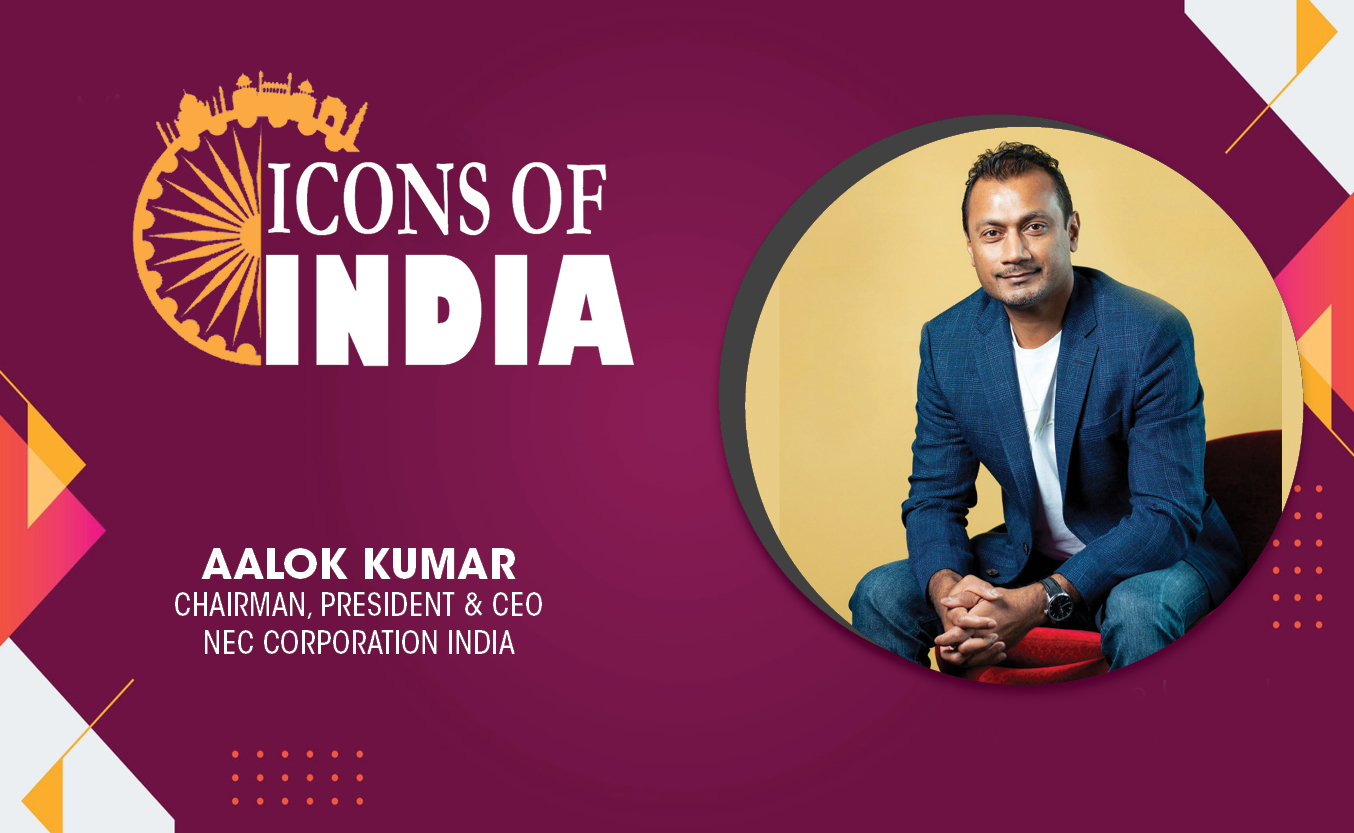
Technology Icons Of India 2023: Aalok Kumar
Aalok continues to lead the India business and further strengthen Indi...
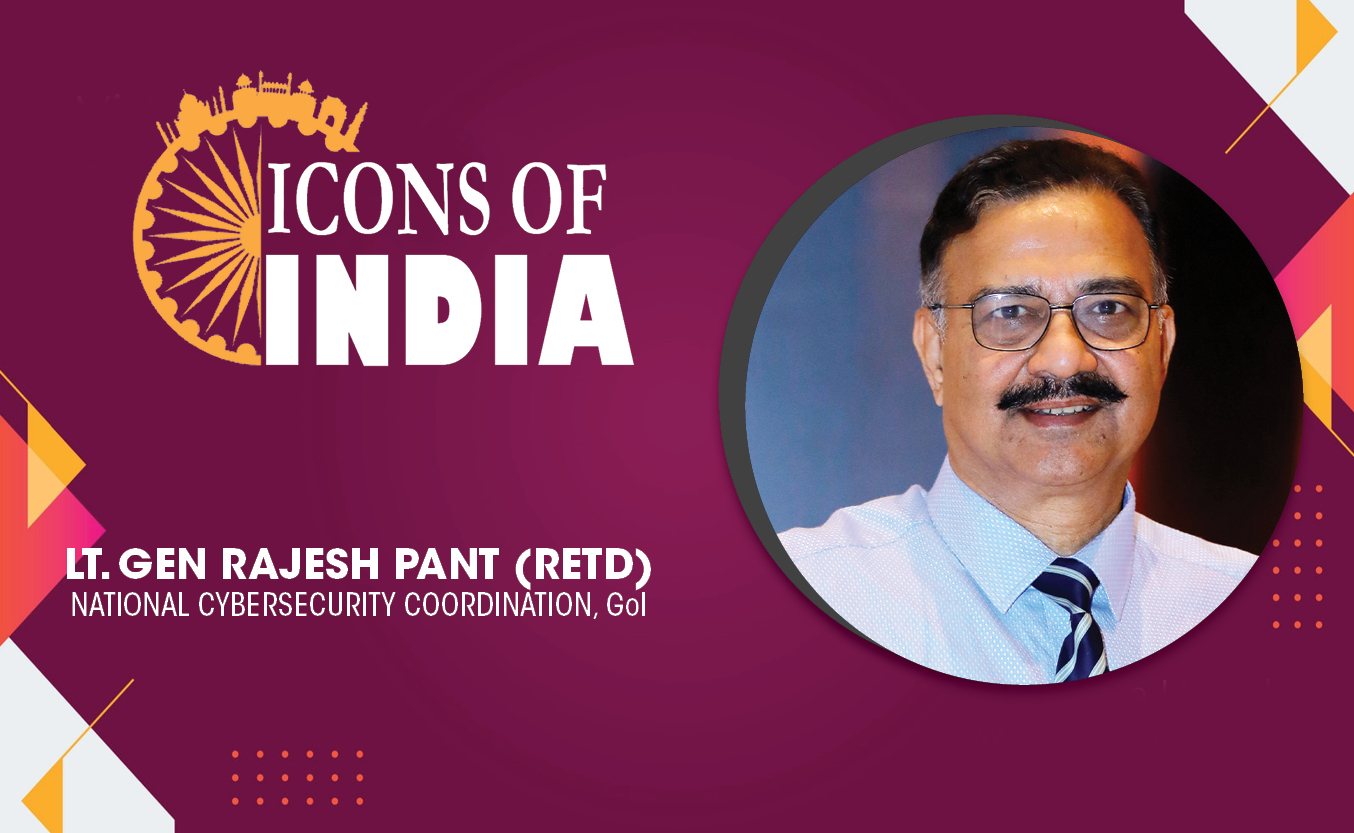
Technology Icons Of India 2023: Lt Gen (Dr.) Rajesh Pant (Retd.)
LT Gen(Dr.) Rajesh Panth (Retd.), National cyber security coordination...

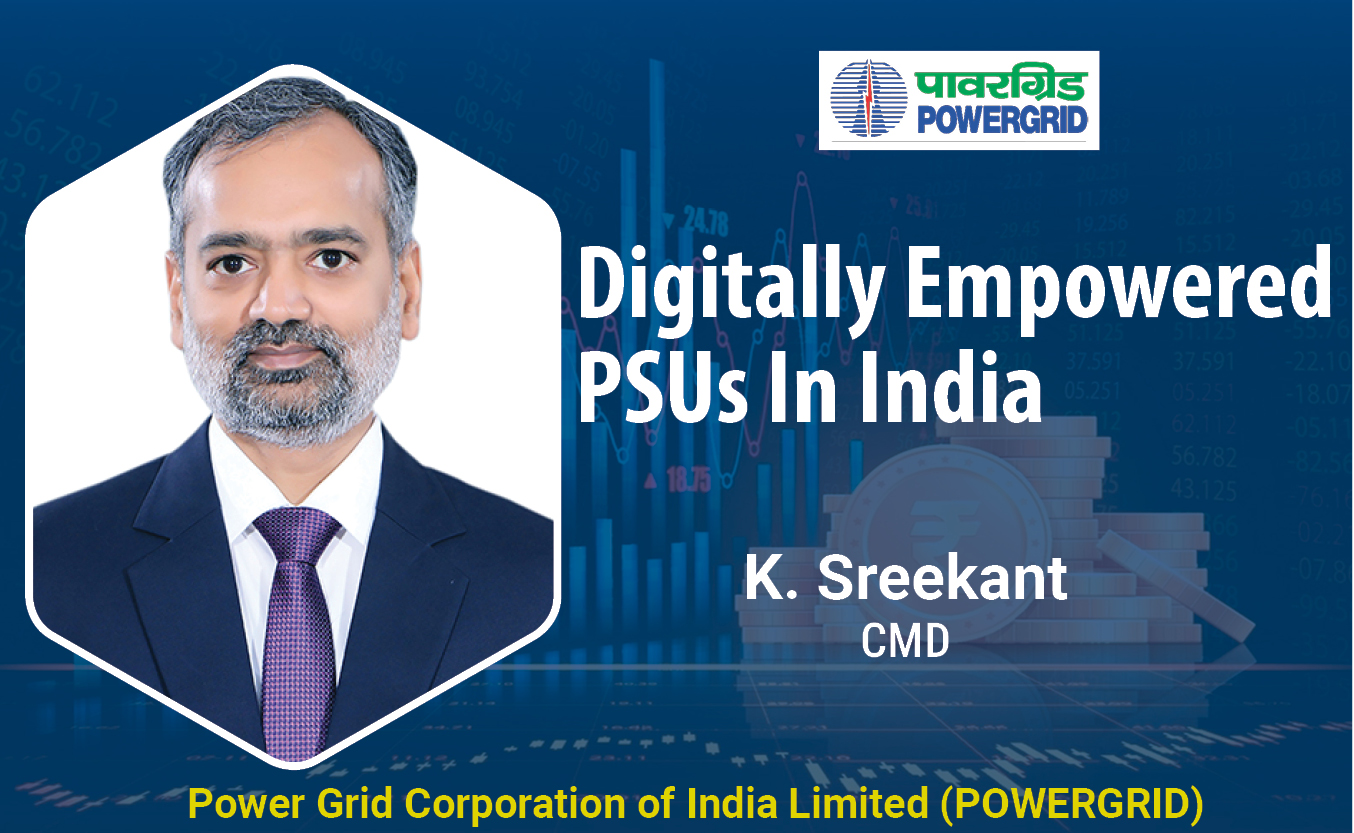
PGCIL transforming India with its wide power transmission network
Engaged in power transmission, POWERGRID or PGCIL is a stated owned In...
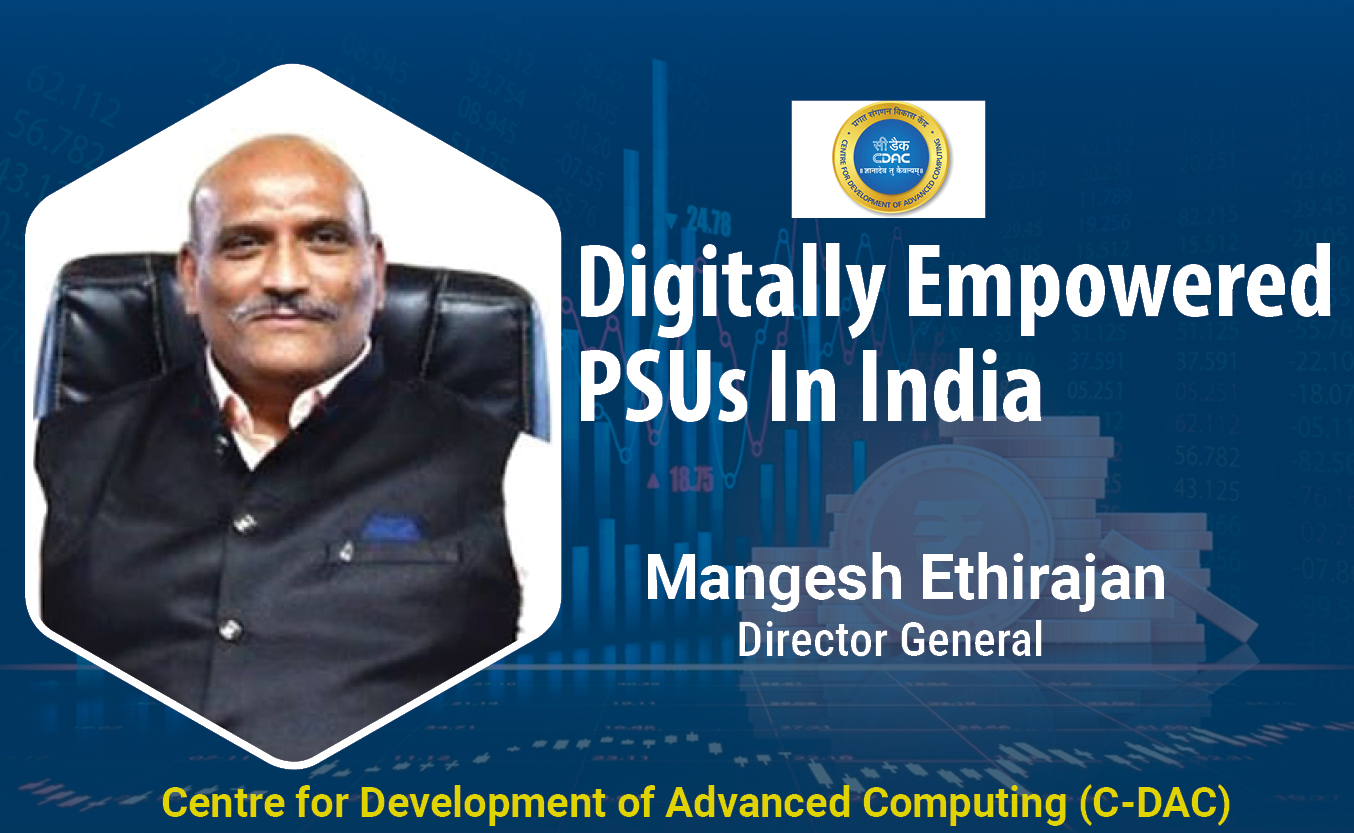
C-DAC keeps India ahead in IT & Electronics R&D space
Centre for Development of Advanced Computing (C-DAC) is the premier R&...
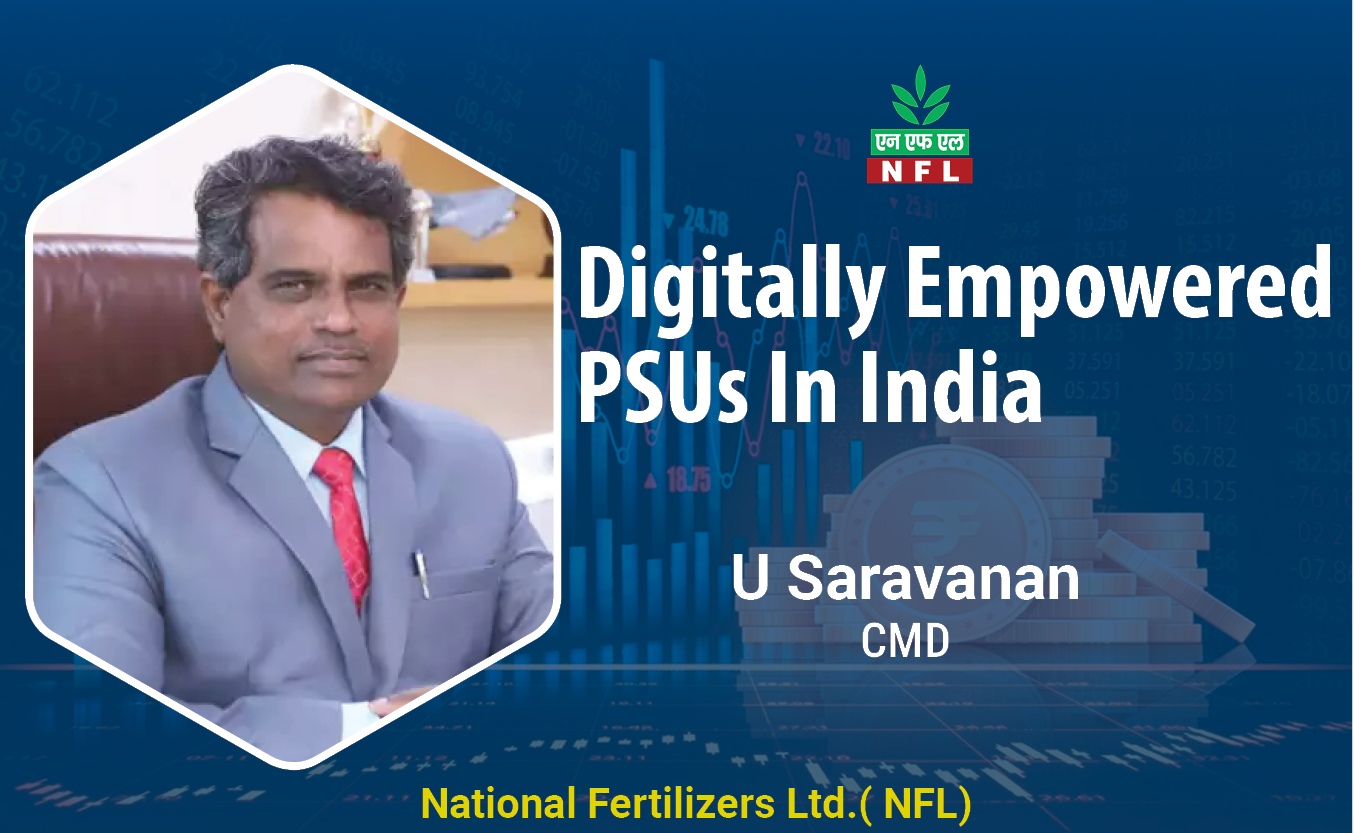
Leading company into fertilizers in the country
NFL is a dynamic organization committed to serve the farming community...


R P TECH INDIA
R P Tech is recognized for its diverse products portfolio, value-add...

ACCERON INFOSOL PVT. LTD.
It is a leading value added distributor in the IT security space and h...

SATCOM INFOTECH PVT. LTD.
Satcom Infotech Pvt. Ltd is a distribution houses in security in India...